What is water?
Water is the most common substance in our world, and it is also the most talked about at present. Water is an older existing substance than human beings, and it is always with you. From the time you wake up, wash your face, brush your teeth, eat, go to the office to have tea, drink water, go to the bathroom, occasionally swim and skate, buy a popsicle and soda, and go to sleep, all of this depends on water, and other things and substances can’t replace it.
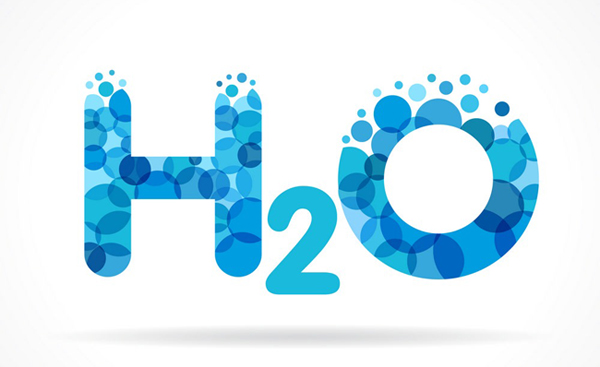
Water is an ancient concept, called ARCHE in ancient Greek, which means "the mother of all things". Water is the most common hydroxide compound on the earth. Its English name is Water and its chemical name is H2O. According to the isotopic composition of water, there are light water (H2O), heavy water (D2O), super heavy water (T2O) and original heavy water (HDO). In natural water, light water accounts for more than 99.9%.
Water not only exists in three forms: solid, liquid and gas, but also in many forms, namely, clouds, fog, rain, snow, hail, dew, frost, ice and steam. What we usually call water, such as river water, lake and reservoir water, seawater and groundwater, exists as liquid water most of the time, which is the oldest in water, accounting for about 98% of the total water on the earth.
The water on the earth is mysterious and changeable. There are not only three pairs of "faces" of solid, liquid and gas, but also many "compatriots" such as clouds, fog, rain, snow, hail, dew, frost, ice and steam. They have the same root and come down in one continuous line, although they have the same surname but different names. Whether in the air or on the ground; Whether in the ocean or on land; No matter on the ground or underground: there are traces of water "compatriots" walking. What we usually call water, such as river water, lake water, seawater, groundwater and other liquid water, is the oldest in the water, accounting for about 98% of the total water on the earth. Although the other "compatriots" of water are all "little brothers", they should not be underestimated. They have their own functions and characteristics.
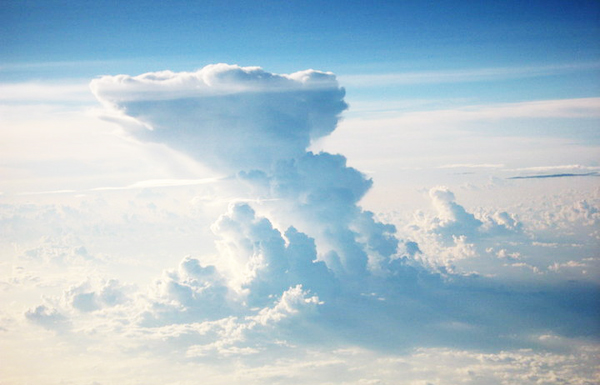
Clouds. Clouds are small water droplets or ice crystals condensed by water vapor, which are light and slow to fall in the air, and will be lifted by updraft at any time during the landing, so they float in the air in groups and pieces. Clouds are formed in the upper gas layer, and their bottoms do not touch the ground.
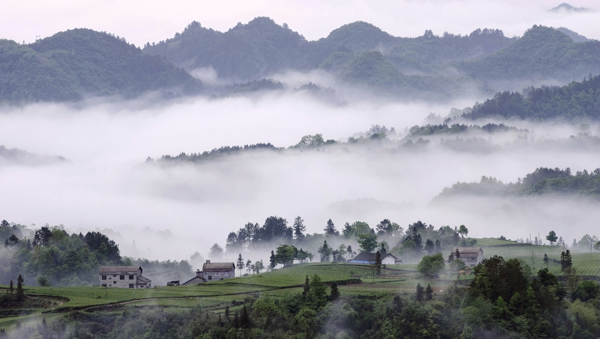
Fog. Fog, like clouds, are small water droplets or small ice crystals condensed by water vapor, but they are formed at different heights. Fog is formed in the near-earth atmosphere and often covers the ground. It can be said that fog is a cloud on the ground.
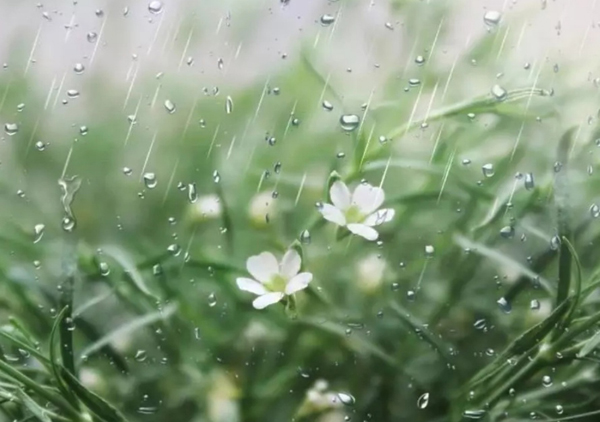
Rain. Rain is liquid water droplets falling in the clouds, also known as rain. There are many types of rain, such as drizzle, downpour, freezing rain, acid rain, shower, Mao Mao rain, time-telling rain and so on.
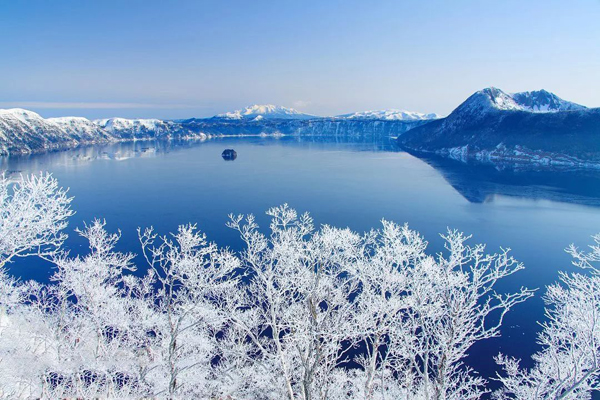
Snow. Snow is solid precipitation with hexagonal white crystals falling from the clouds. Snowfall in winter is conducive to the growth of crops, and the snow is good for the harvest.
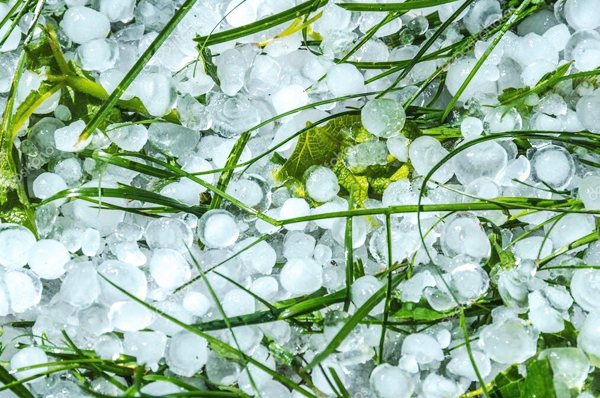
Hail. Hail is a spherical, conical or irregular ice block, also known as hail. It often lands in cumulonimbus clouds with particularly strong updraft and appears at the same time as thunderstorms. Hailstones vary in size, from eggs and walnuts to soybeans and rice grains.
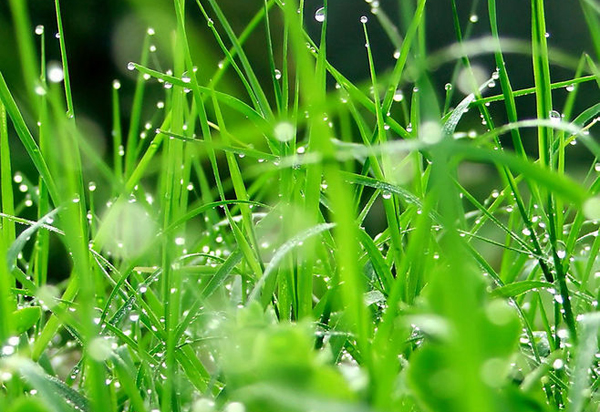
Lou. Also known as dew, it is formed on the ground. When hot air touches these objects with low temperature (but not lower than 0℃) on the ground, it will saturate and condense into small water droplets and stay on the surfaces of these objects. This is our common dew in sunny and windless nights or early morning.
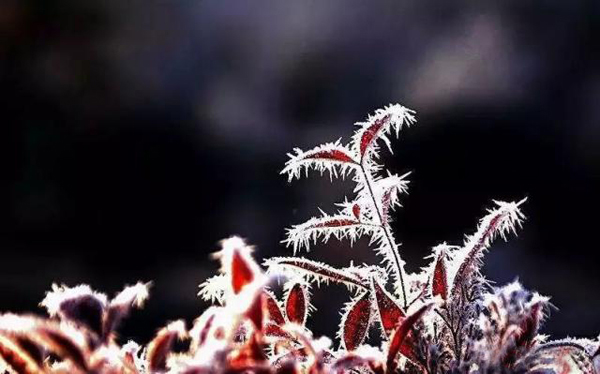
Frost. It looks like snow and is also white crystal, but it did not fall from the air, but formed on the ground like dew. When the ground or ground surface radiates heat and the temperature drops to 0℃ or below, the water vapor in the air condenses and forms frost on it. Frost is similar to dew, which usually appears in sunny and windless night or early morning, but the difference is that frost usually appears in colder seasons.
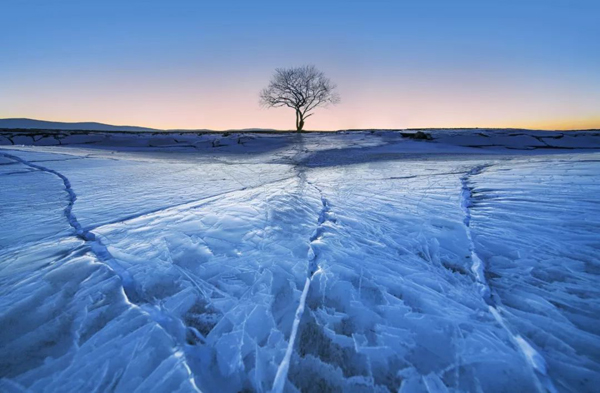
Ice. It is a colorless and transparent solid formed by condensation of water at or below 0℃. In nature, ice mainly exists in the form of glaciers, ranking the second among the members of the "water family", accounting for about 2.1% of the total water in the earth’s hydrosphere.

Water vapor. Water vapor, also known as water vapor, is a gaseous form of water, which is colorless and tasteless and invisible to the naked eye. There is water vapor everywhere in the air, and the water vapor content determines the degree of dryness and wetness of the air.